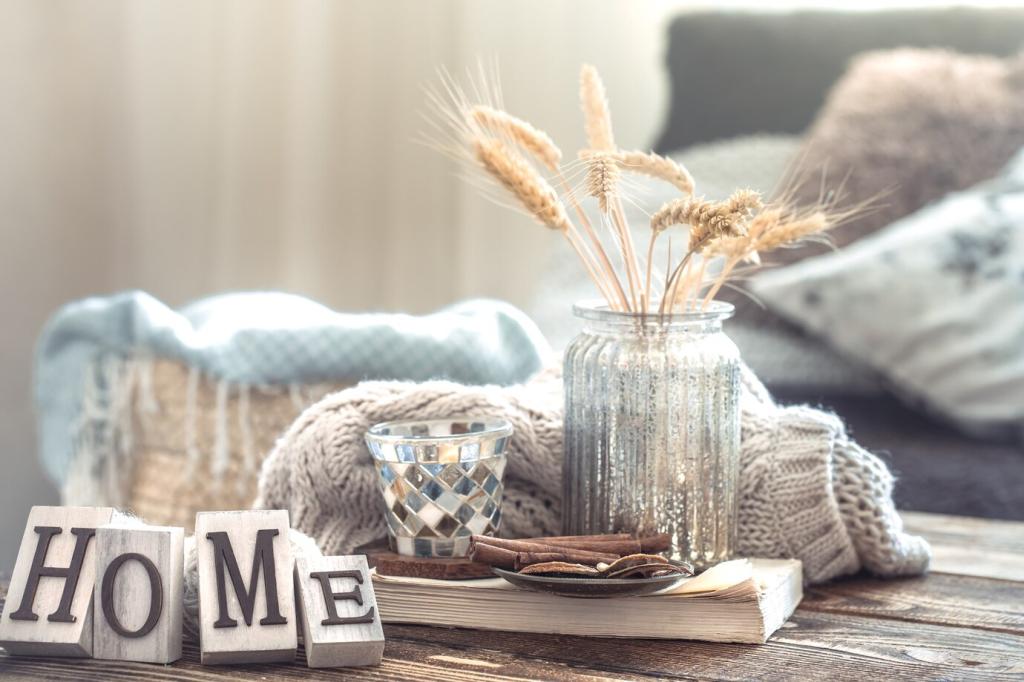Start with Less, Live with More Purpose
Empty space is not absence; it is intention. By allowing walls to breathe and surfaces to remain clear, you lower visual stress and avoid impulse buys. Fewer shelves mean fewer dust-collectors, less cleaning, and less waste. Try removing one piece today and notice how the whole room feels calmer.
Start with Less, Live with More Purpose
Choose objects that do double duty, last for years, and align with your values. A single well-made mug you love beats six forgettable ones that chip and clutter cabinets. When your stuff reflects who you are, you buy less, care more, and create a home that quietly supports daily rituals.

